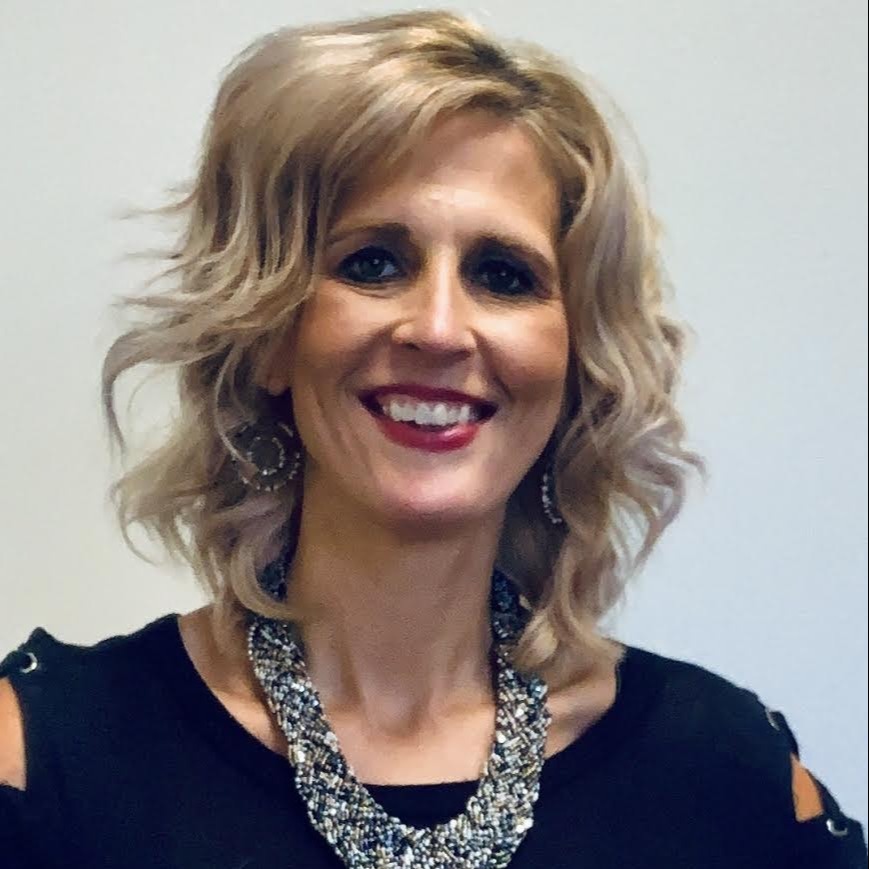Reflection. Something we do as educators on a regular basis to ensure our students achieve success. This is also something that many of us will do for years to come as we think back on all that 2020 taught us.
As we reflect, it is my hope that we also realize the many ways we've had to become flexible over the past year to ensure our students' needs were met. In doing so, we have opened many doors in education that shall remain open forever if we are going to truly engage our students in a way that enables them to express themselves through various representations.
Universal Design for Learning (UDL), a framework to improve and optimize teaching and learning for all people based on scientific insights into how humans learn, enables teachers to eliminate barriers for all learners when implemented with fidelity. By implementing this framework into our instruction students are aware of the expectations but also take ownership in their learning as they discover multiple ways to engage with the curriculum by being self-motivated with options to show they have mastered a concept.
UDL in our Everyday Lives
The UDL framework is very much a part of our everyday lives, if we take a deeper look at the guidelines. Having implemented this framework into my professional practice over the past ten years, I was fortunate to realize how my research and practice would apply to my everyday life.
How? Well, in March 2020, just as all of our worlds were about to change forever, I was diagnosed with Influenza A and bacterial pneumonia. Due to severe complications, I was placed into a medically induced coma. However, my symptoms did not improve and my body was in sepsis. As a result, my legs were amputated below my knees and my arms below my elbows. Just like that, I was a quadruple amputee without even knowing how much my world and the world as we all knew it had forever changed.
After six weeks in the medically induced coma, I woke up to discover I was going to have to do things differently. Knowing my life was forever altered was hard to imagine having been such an independent person with so many personal and career dreams still left to fulfill. However, being a fighter my whole life, I knew that I was going to fight through this and find ways to remove barriers in my life.
As I lay there thinking about life, the principles of UDL almost immediately entered my mind. I knew I had always instructed my students and the teachers I had the pleasure to work with throughout my administrative career to remove barriers by being proactive and finding different ways to do things and I was about to do just the same with everything in my life.
As we know, what is good for one is a great option for all. Learning to do things differently and finding different ways to engage can be challenging but with a growth mindset, and the right support, it can be done. Looking at the menu of the hospital food I was offered I knew I was fortunate to have choices in what I would be eating on a regular basis. This menu symbolized so much of what I learned from UDL. I was engaged in my health and wellness by being able to choose what I would eat for each meal including french fries on my salad. Yes! You read that right, Where I come from french fries are staple on a salad. Being able to add a little bit of home to my salad made everything about this menu so amazing with the freedom to make choices that included fries on my salad. These options enabled me to express myself while representing what was most important to me: overcoming barriers to walk and live a new normal of life.
A Proactive Approach to Life, Learning, and Teaching
This proactive approach to life should also be implemented in our teaching practices as we think about the barriers students may face today more than ever. Some of our students are still required to or have chosen the option to learn remotely. In doing so, they have faced barriers that we had not planned for previously. However, when we proactively think about these barriers, we can plan instruction to allow for student choice.
When designing this instruction we need to:
- Be proactive in planning instruction
- Evaluate the classroom environment and culture
- Pre-plan and design instruction with embedded choices
- Designs instruction for students of all abilities and identities
- Eliminate barriers
- Engage students throughout the lesson with multiple means of representation and expression
Over the course of the past year, I have often said, “Don't tell me I can't, but show me the different ways of how I will”. This mindset is something that I hope all educators adopt for students as they work to remove barriers to their learning by instructing them different ways of how they will be successful.
I’m living proof it’s possible.
Looking to implement Universal Design for Learning in your learning community? Contact us.



